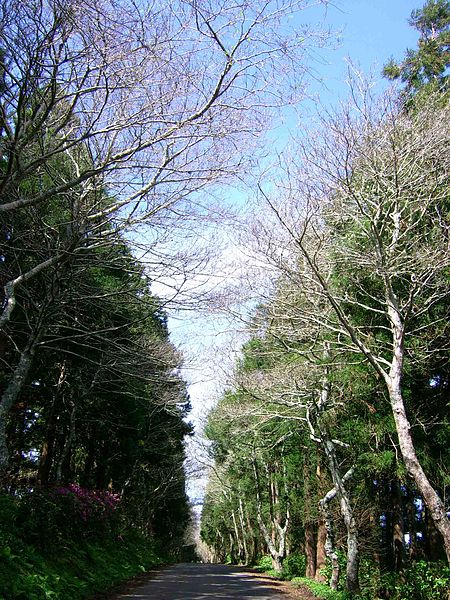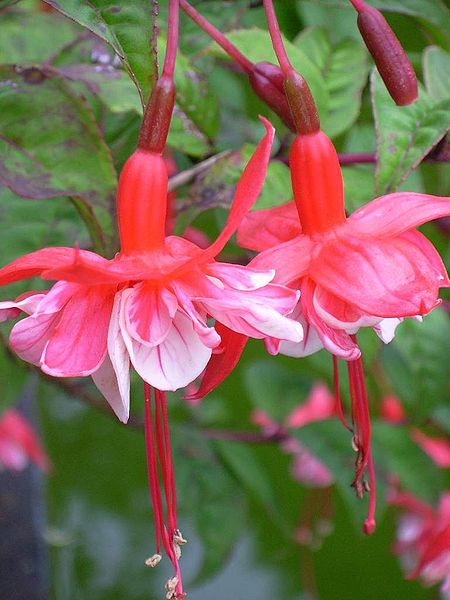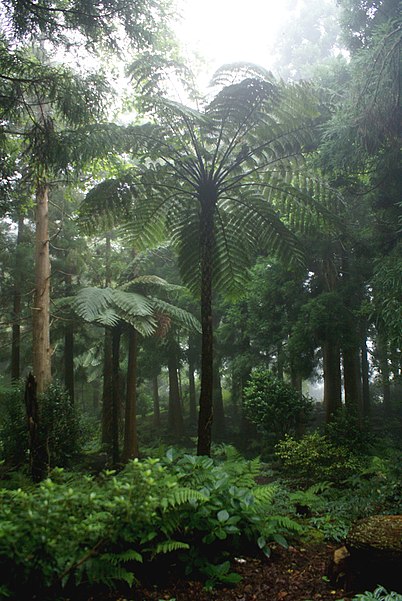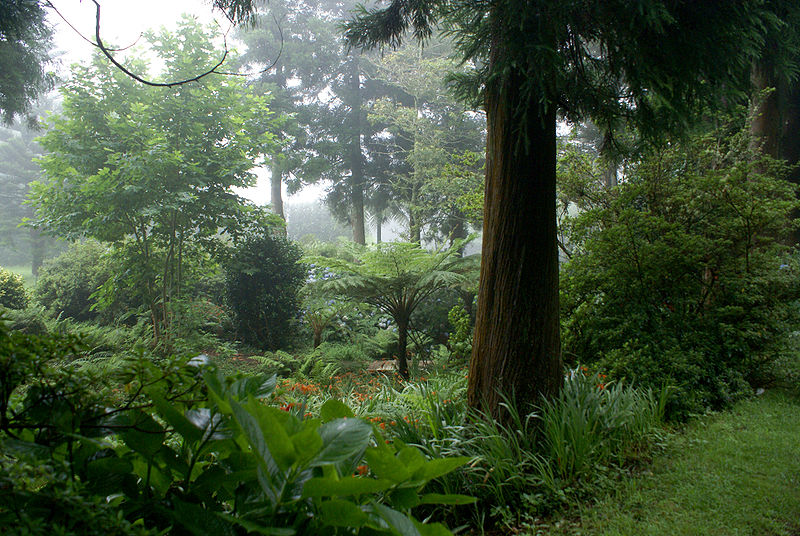Reserva Florestal de Recreio das Sete Fontes, São Jorge Island

Facts and practical information
Sete Fontes Forest Park is a Portuguese forest park with about 50ha located in the parish of Rosais, in the northeastern tip of the island, in the municipality of Velas, São Jorge island, Azores archipelago.
This park began in 1962 and was officially inaugurated in August 1976. In 1962 the reconversion of the land that now belongs to the Sete Fontes Forest Park began, which was once just wasteland, under the initiative of the Forestry Services of São Jorge Island, under the guidance of engineer João Taveira.
Over the three decades since its completion, this park has been successively expanded and improved with the planting of several introduced and endemic species of Macaronesia, to the point of receiving the classification of Recreational Forest Reserve in 1989.
It is located far from the sea by island standards, which allows it to have a mountain flora quite different from that which usually surrounds the coast and coastal areas of the islands.
Given the altitude at which it is located and the fact that it is far from any village, it enjoys the pure environment of the mountain. The space is ample and allows a full interaction of man with nature.
Here you can find nurseries for different types of plants that from here are then transplanted to other places on the island, calm and quiet lakes, places for children's play. For picnics there are a number of stone and masonry tables that have been scattered among the trees.
The space is densely wooded and traversed by wide roads on its outer perimeter, and numerous paths on the inner perimeter. These interior paths lead to lakes and ponds, nurseries of a more formal layout, children's playground, picnic area, wooded lawns and some support constructions near the north, northwest and southeast entrances
Over the centuries, the space, given its hydrological importance, has always been protected from human intervention. Several springs and streams are concentrated here, and it was this that led to it being protected from animal ravaging and agricultural exploitation, as evidenced by old municipal ordinances.
This park is currently covered by the Ponta dos Rosais Site of Community Interest, a site that is part of the Natura 2000 Site List, which was approved by Commission Decision. It is especially rich in the natural habitats of the Macaronesian coasts, kept almost unchanged with the characteristic Erica azorica bushes and the vivid vegetation of the shingle platforms.
This park for its diversity of places, as well as for the variety of vegetal wealth that it presents, gathers several reasons for interest. The internal roads, almost all made of red gravel of volcanic origin, gravel that geologically speaking is volcanic foam oxidized by having a large amount of iron, are regular and flanked by boxwood hedges.
Also in this park, trials are being done with plantations of indigenous species and non-indigenous forest species. The vegetation cover is quite dense and varied with a predominance of cryptomeria, hydrangeas and contemira. It presents a varied herbaceous cover, which is composed of varieties of common ferns, Fuchsias, and various climbers; Azaleas and tree ferns also appear.
This vegetative assemblage gives rise to a dense atmosphere that is very rich in shapes, colors, and sparkles.
In this park there is a model of a whaling boat made in mortar that was an immigrant's gift to the saga of the whaling man since the whaling activity has marked many of the generations on São Jorge Island. To reinforce the idea the boat was loaded with a panel of tiles that are a replica of the well-known painting by Domingos Maria Xavier Rebelo, "Os Emigrantes".
As a complement, a typical rural kitchen from the island of São Jorge from the beginning of the settlement was built in this park. It is a construction made of dry stone and roofed with typical Azorean half-cane tiles.
This example of a traditional kitchen, represents that in the popular house where kitchens were often built in a separate block from the rest of the dwelling. A fact to note is the lack of a chimney, this is also due to the fact that formerly the interior oven was common, and the release of the fumes was done through a simple opening in the roof.
This park has 2 viewpoints: Pico da Velha and Fajã de Fernando Afonso viewpoints, as well as the São João Baptista Chapel.
Reserva Florestal de Recreio das Sete Fontes – popular in the area (distance from the attraction)
Nearby attractions include: Lighthouse of Ponta dos Rosais, Rosais Islets.







